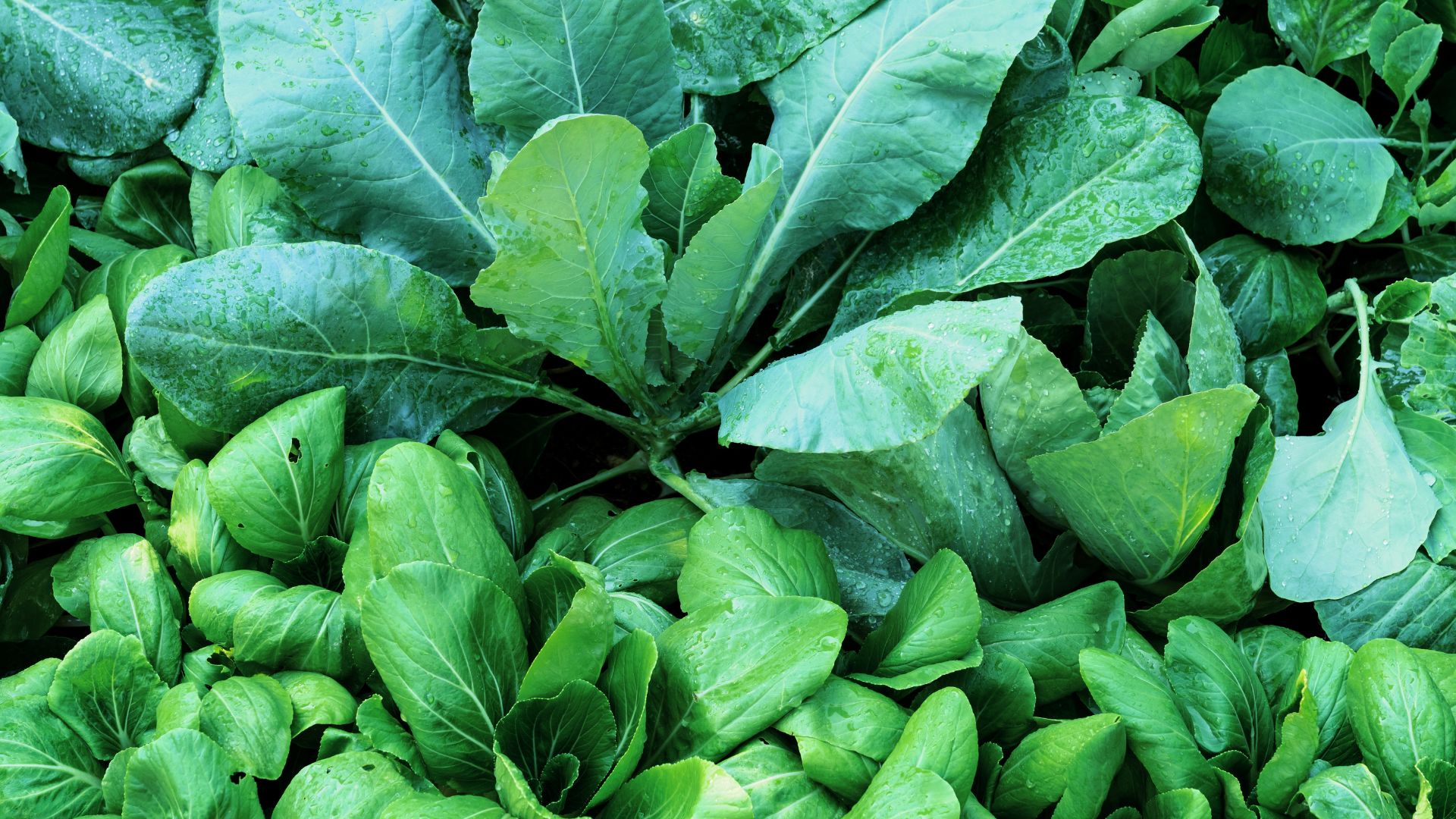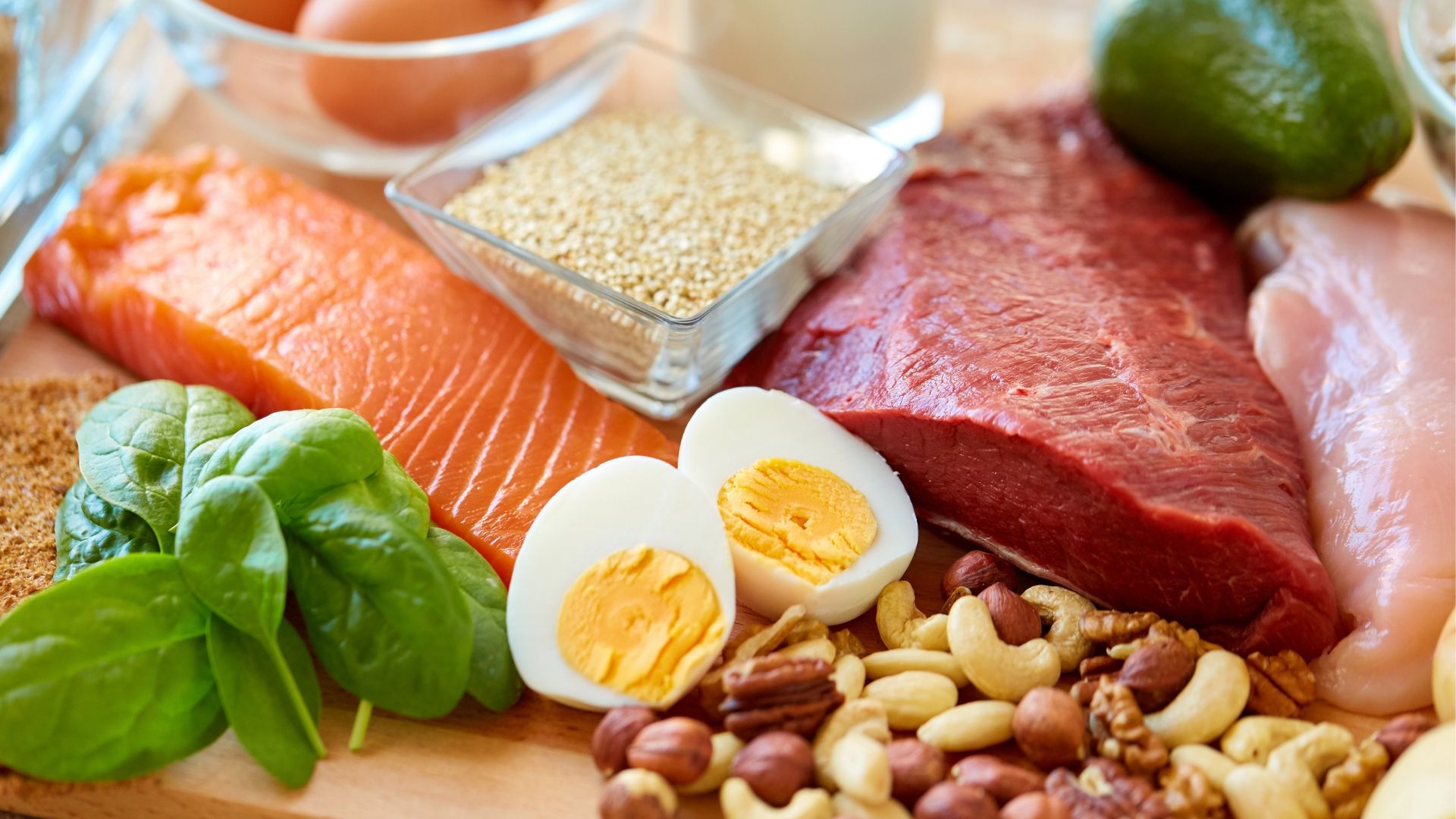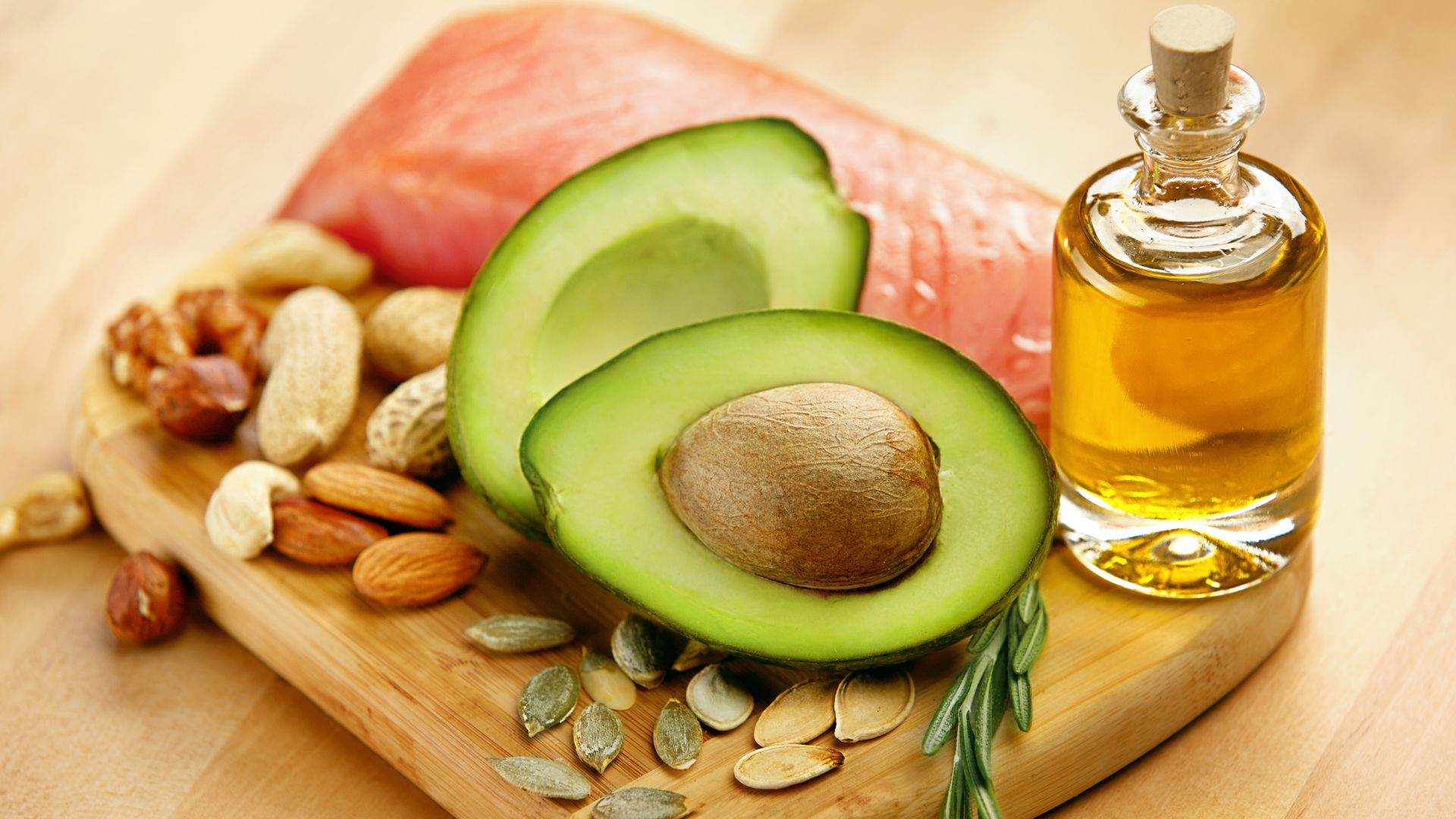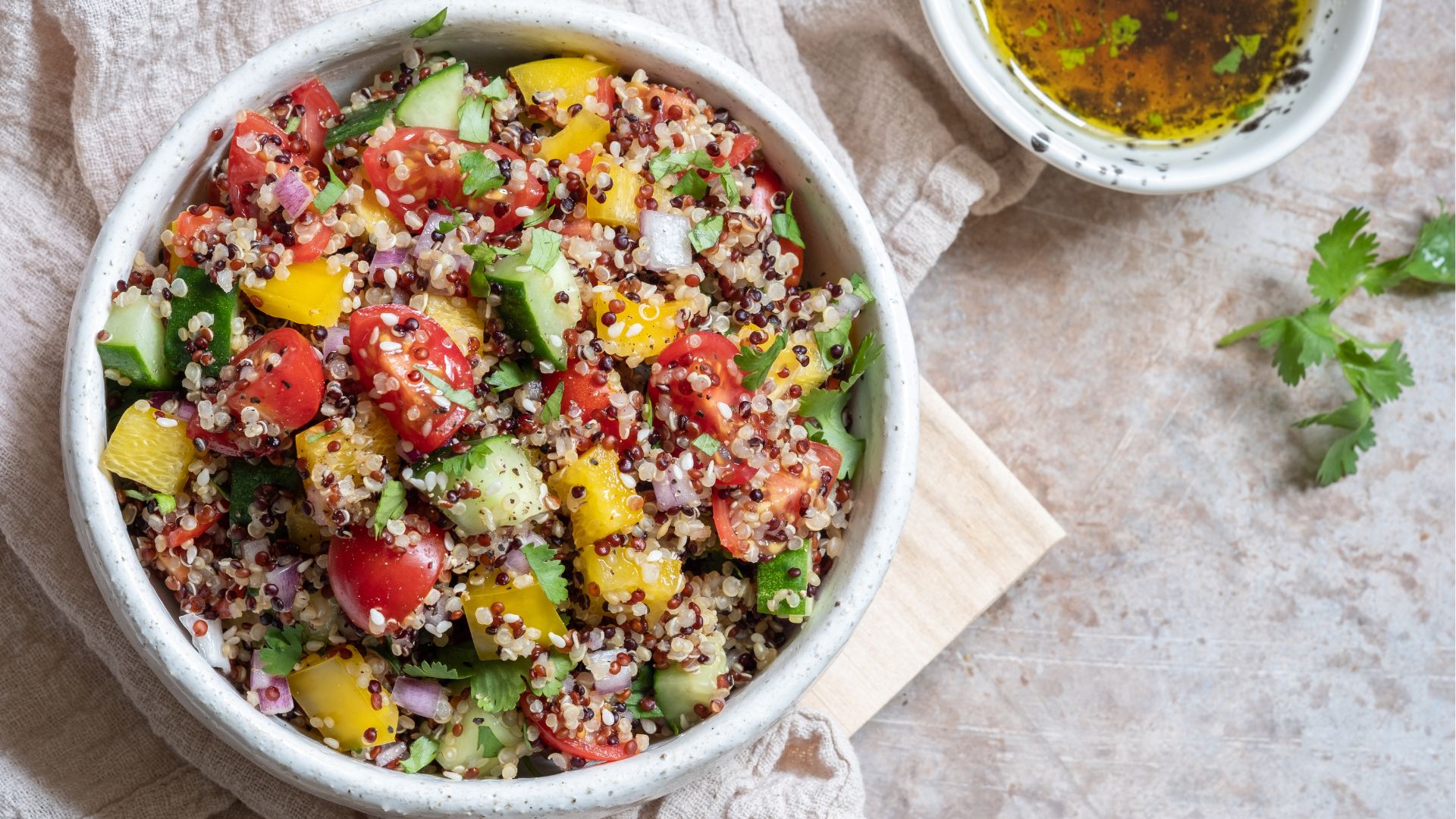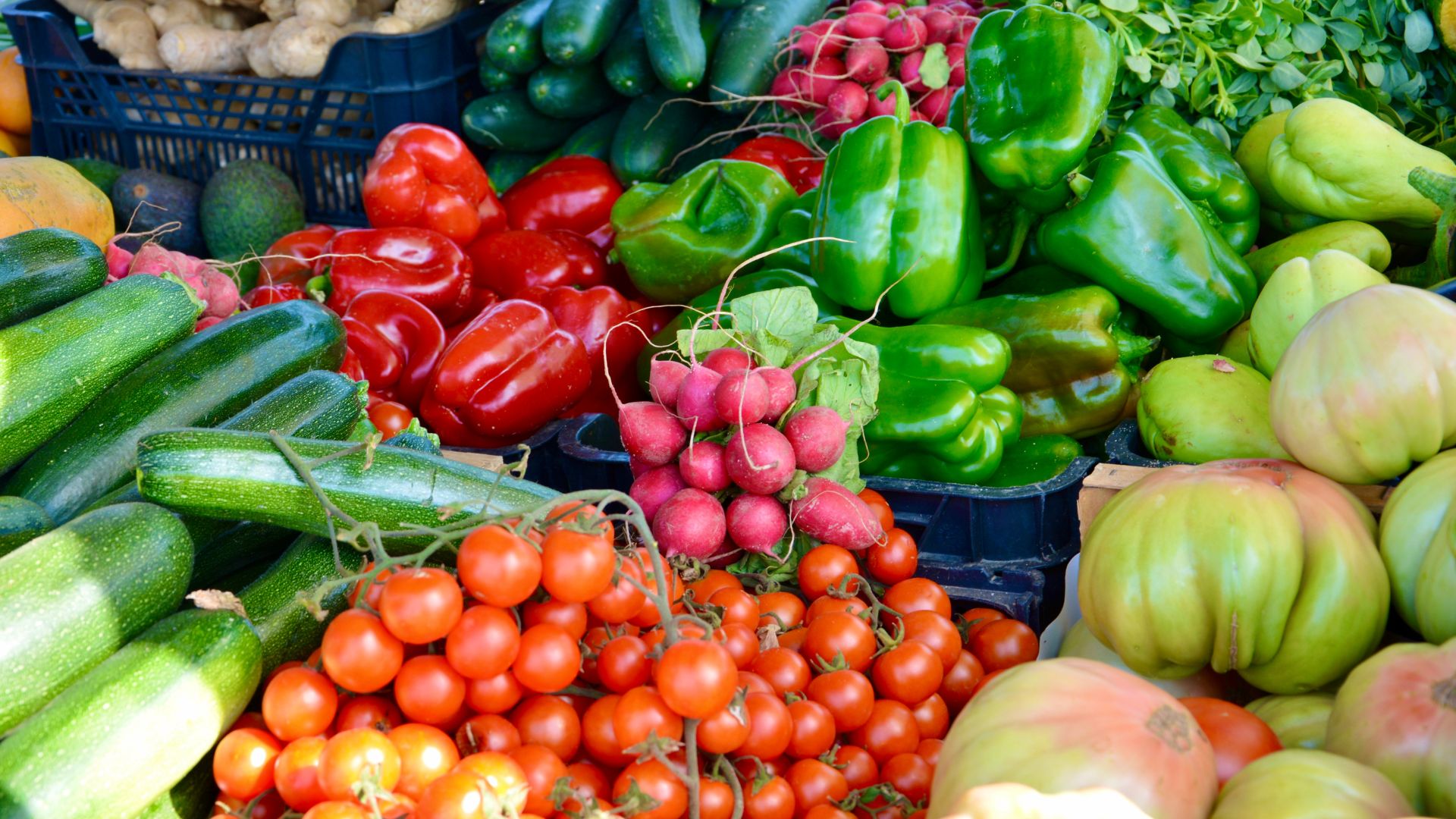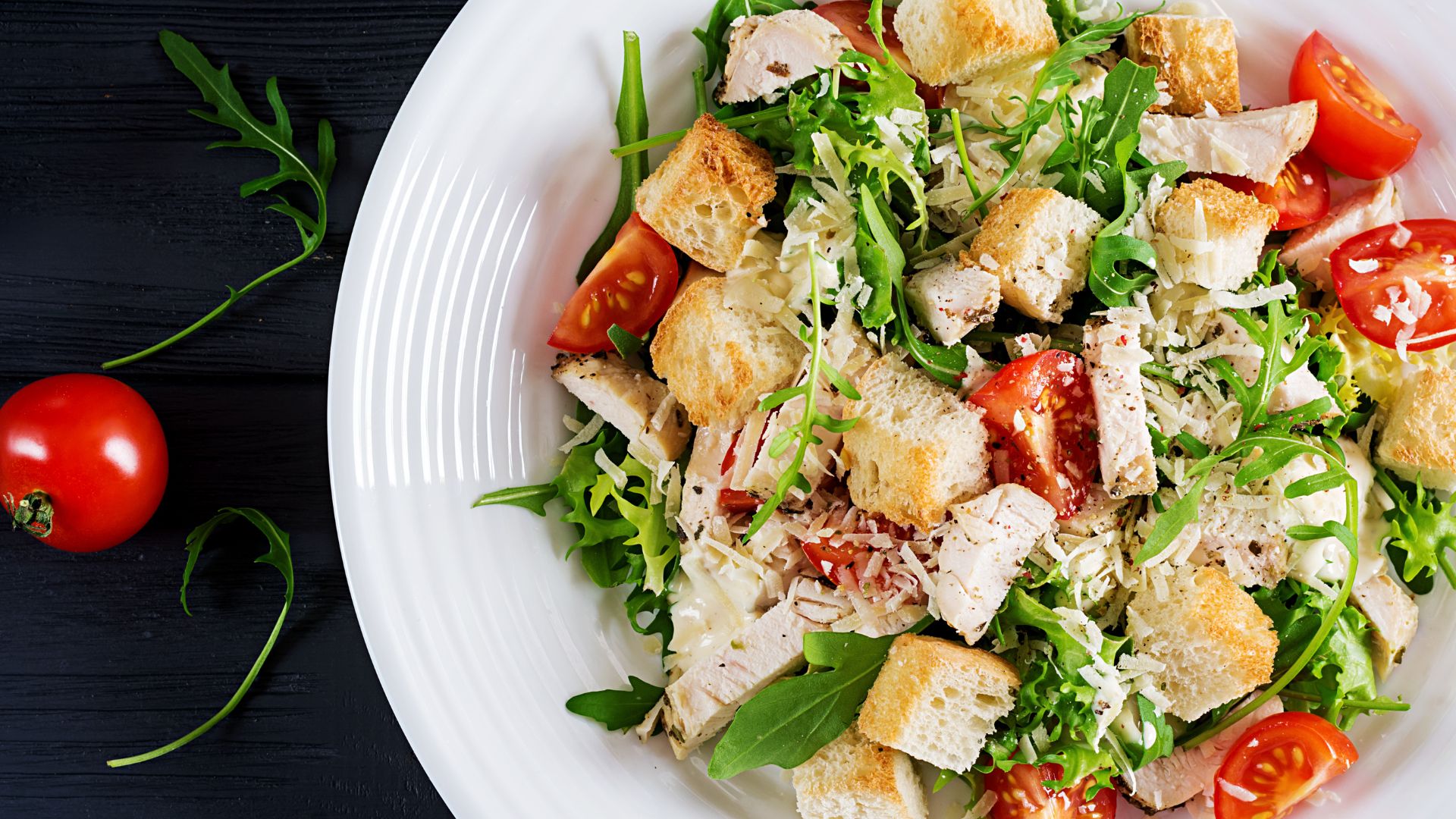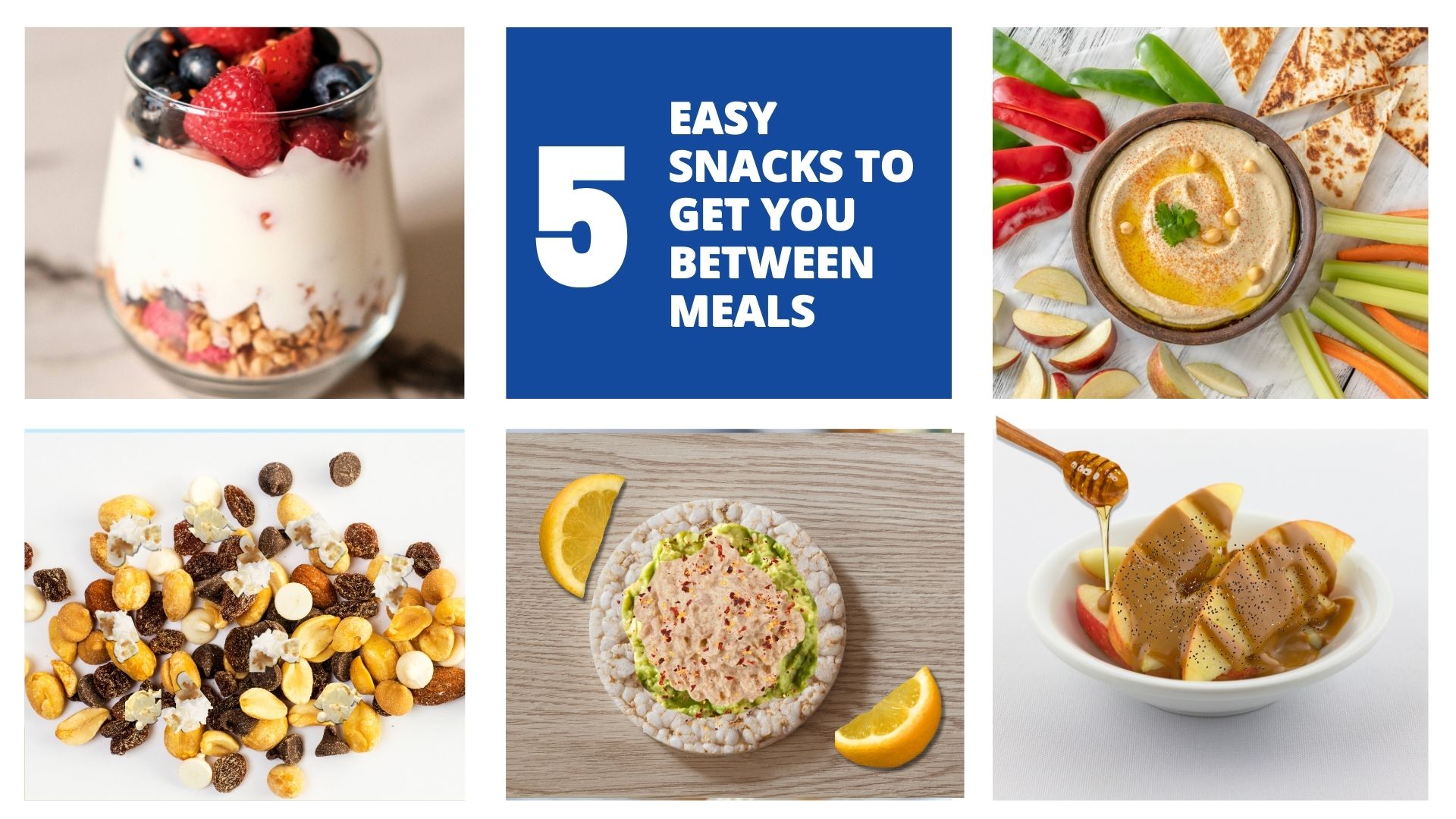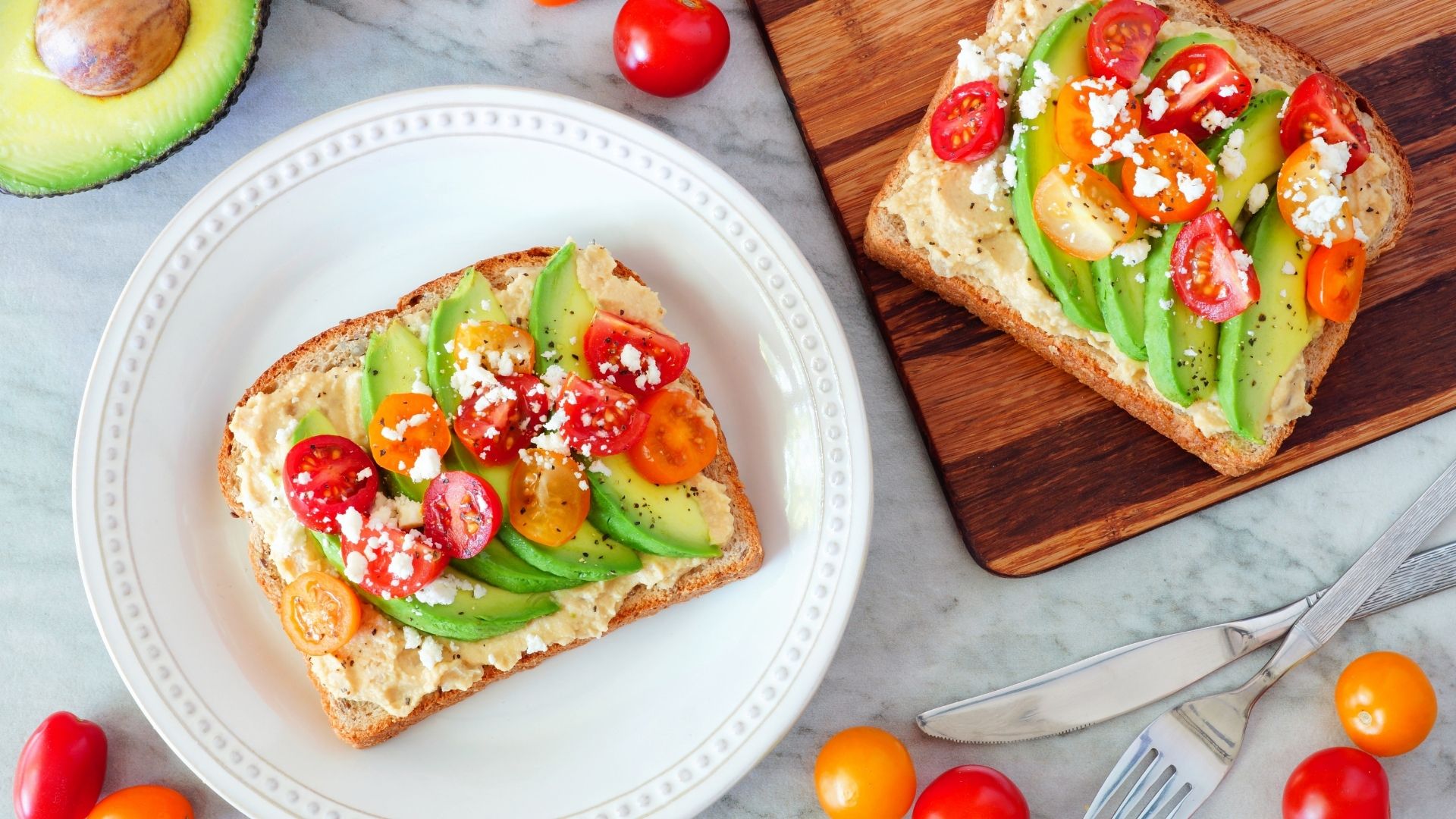How to Build the Perfect Salad: Using Seasonal Summer Ingredients to Create a Balanced Meal
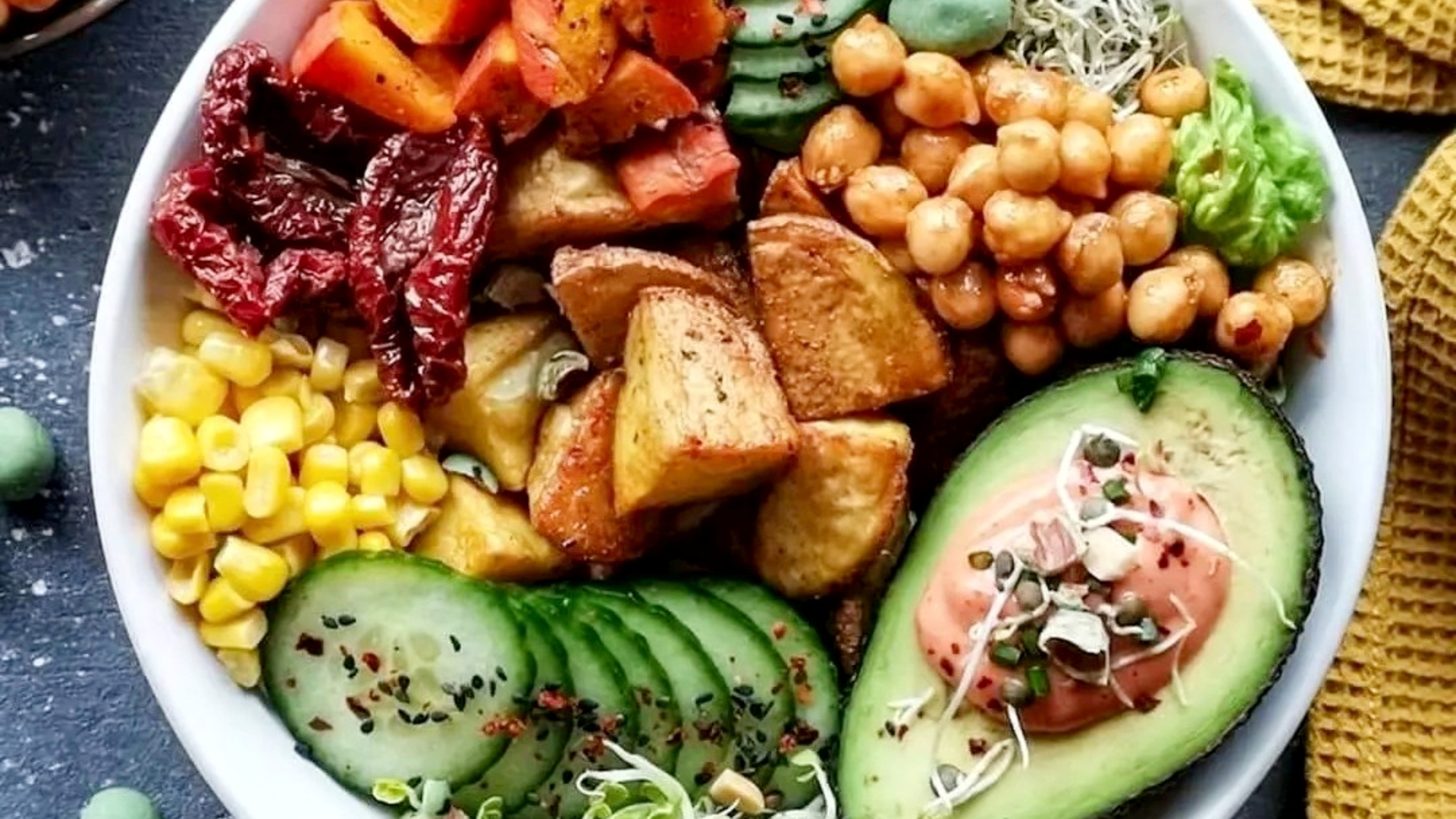
Salads can be more than just a side dish—they can serve as a satisfying, nutrient-packed meal that provides everything your body needs. By balancing key components like protein, healthy fats, carbohydrates, and essential vitamins and minerals, you can transform a simple salad into a complete, delicious, and energizing dish. Here’s how to build the perfect meal-worthy salad that ticks all your nutritional boxes.
1. Start with a Base of Leafy Greens
Leafy greens are the foundation of a great salad, offering a variety of textures, flavors, and nutrients. Choose at least two types to keep it interesting:
- Spinach: High in iron, magnesium, and vitamin K.
- Kale: A nutrient powerhouse with fiber and antioxidants.
- Arugula (Rocket): Adds a peppery flavor and is rich in calcium.
- Romaine: Crisp, hydrating, and low in calories.
Pro Tip: Mix dark greens for nutrients and lighter greens for crunch and texture.
2. Add a Protein Powerhouse
Protein is essential for building and repairing tissues and keeping you full. Aim for 20-30 grams of protein in your salad:
- Grilled Chicken or Turkey: Lean, versatile, and flavorful.
- Boiled Eggs: Easy to prepare and rich in protein and healthy fats.
- Legumes (Chickpeas, Lentils, Black Beans): Great plant-based options high in protein and fiber.
- Tofu or Tempeh: Perfect for vegetarians and vegans.
- Fish (Salmon, Tuna): Packed with omega-3s and protein.
Pro Tip: Combine plant-based and animal proteins for variety and a nutrient boost.
3. Incorporate Healthy Fats
Healthy fats are crucial for absorbing fat-soluble vitamins (A, D, E, and K) and keeping your skin and brain in top shape. Add one or more of these:
- Avocado: Creamy texture and full of monounsaturated fats.
- Nuts (Almonds, Walnuts, Cashews): Add crunch and heart-healthy omega-3s.
- Seeds (Chia, Flax, Sunflower): Rich in fiber, healthy fats, and minerals.
- Olive Oil: A classic dressing base that’s rich in antioxidants.
Pro Tip: Sprinkle roasted nuts or seeds for added texture and flavor.
4. Include Complex Carbohydrates
Carbohydrates provide energy and help balance your meal. Choose nutrient-dense options for sustained energy:
- Quinoa: A complete protein and gluten-free grain.
- Sweet Potatoes: Naturally sweet, high in fiber, and rich in beta-carotene.
- Brown Rice or Farro: Nutty and chewy, packed with B vitamins.
- Corn or Peas: Sweet, colorful, and naturally starchy.
Pro Tip: Add about half a cup of carbohydrates to keep your salad balanced without being overly heavy.
5. Load Up on Colorful Veggies
Vegetables add crunch, flavor, and a wide range of vitamins and antioxidants. Aim for a rainbow of colors:
- Red: Bell peppers, cherry tomatoes (high in vitamin C and lycopene).
- Orange/Yellow: Carrots, pumpkin (rich in beta-carotene).
- Green: Broccoli, cucumber (hydrating and fibrous).
- Purple: Red cabbage, beets (antioxidants like anthocyanins).
Pro Tip: The more colorful your salad, the more diverse the nutrients it provides.
6. Add a Flavor Boost
Seasonings and extras make your salad exciting and satisfying without adding empty calories:
- Fresh Herbs: Basil, parsley, cilantro, or dill for freshness.
- Cheese: Feta, parmesan, or goat cheese for creaminess (in moderation).
- Fermented Foods: Sauerkraut or kimchi for gut health.
- Zest and Juice: Lemon or lime for a bright and tangy dressing alternative.
Pro Tip: A sprinkle of nutritional yeast adds a cheesy flavor and extra B vitamins.
7. Dress It Smartly
Homemade dressings are healthier and more flavorful than store-bought ones, which are often loaded with sugar and preservatives.
- Classic Vinaigrette: Mix olive oil, balsamic vinegar, and mustard.
- Creamy Tahini Dressing: Combine tahini, lemon juice, garlic, and a splash of water.
- Avocado Lime Dressing: Blend avocado, lime juice, and olive oil for a creamy topping.
Pro Tip: Use dressings sparingly to avoid overpowering the fresh flavors of your ingredients.
8. Balance for Satisfaction
A complete salad includes elements of:
- Crunch (nuts, seeds, raw veggies)
- Creaminess (avocado, cheese, dressings)
- Sweetness (fruits, sweet potatoes)
- Savoriness (proteins, roasted veggies)
Pro Tip: Taste as you go to adjust the balance of flavors and textures.
Example: The Ultimate Full-Meal Salad Recipe
- Base: Spinach, arugula, and romaine.
- Protein: Grilled chicken and chickpeas.
- Healthy Fats: Sliced avocado and roasted sunflower seeds.
- Carbs: Roasted sweet potato cubes.
- Veggies: Cherry tomatoes, cucumber slices, shredded carrots.
- Dressing: Lemon-tahini dressing.
A thoughtfully crafted salad can be a complete, satisfying meal that meets all your nutritional needs. By including a balance of proteins, healthy fats, carbs, and colorful veggies, you’ll create a dish that’s not only good for you but also bursting with flavor and variety. Get creative with your ingredients, and enjoy your perfect salad any time of the day!

